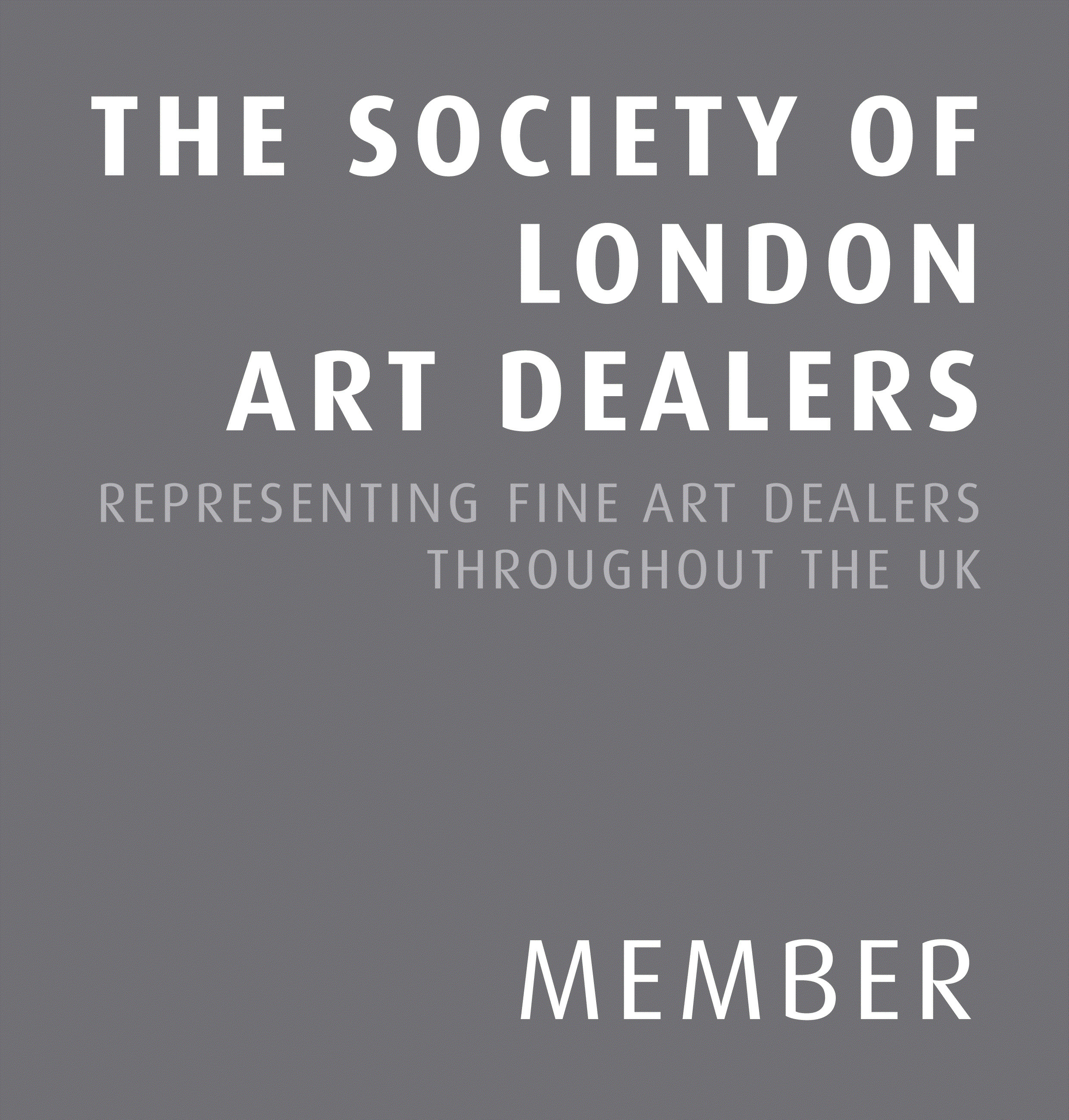The turn of the twentieth century gave rise to the first two points of consideration in the exhibition – the sculptures of the early modern carvers and, subsequently, the body of work produced by the following generation of direct carvers during the pre-war years. In the former category we can decisively position the likes of Epstein and Gaudier-Brzeska, both of whose innovations positioned them as leading figures in the radical avant-garde Vorticist movement. We find Moore and Hepworth at the forefront of the pre-war direct carvers, each of whom combined influences from both tribal and ethnographic art and in the landscapes of their surroundings.
The next two chapters in the development of Modern British Sculpture include initiatives to democratise art, on the one hand, when in 1951 the Arts Council commissioned and funded artworks from across the country to put on public display in Britain and abroad – Moore and Armitage were just two of the fortunate beneficiaries of this award. This enterprise was reinforced further by the Festival of Britain in the same year and commemorated the centenary of the Great Exhibition of 1851, during which time British innovation was first publicly celebrated. Running in tandem with the promotion of the arts we see a distinct shift in style when modern British artists responded to the ravages of war in what the art critic Herbert Read described in 1952 as the 'Geometry of Fear', an approach that saw the rise of artists such as Armitage, Ayrton, Chadwick, Meadows, Paolozzi, Turnbull and Wright. The concluding section of the exhibition considers the move to abstraction by Caro and Turnbull and reflects on the lasting legacy of Modern British Sculpture.


